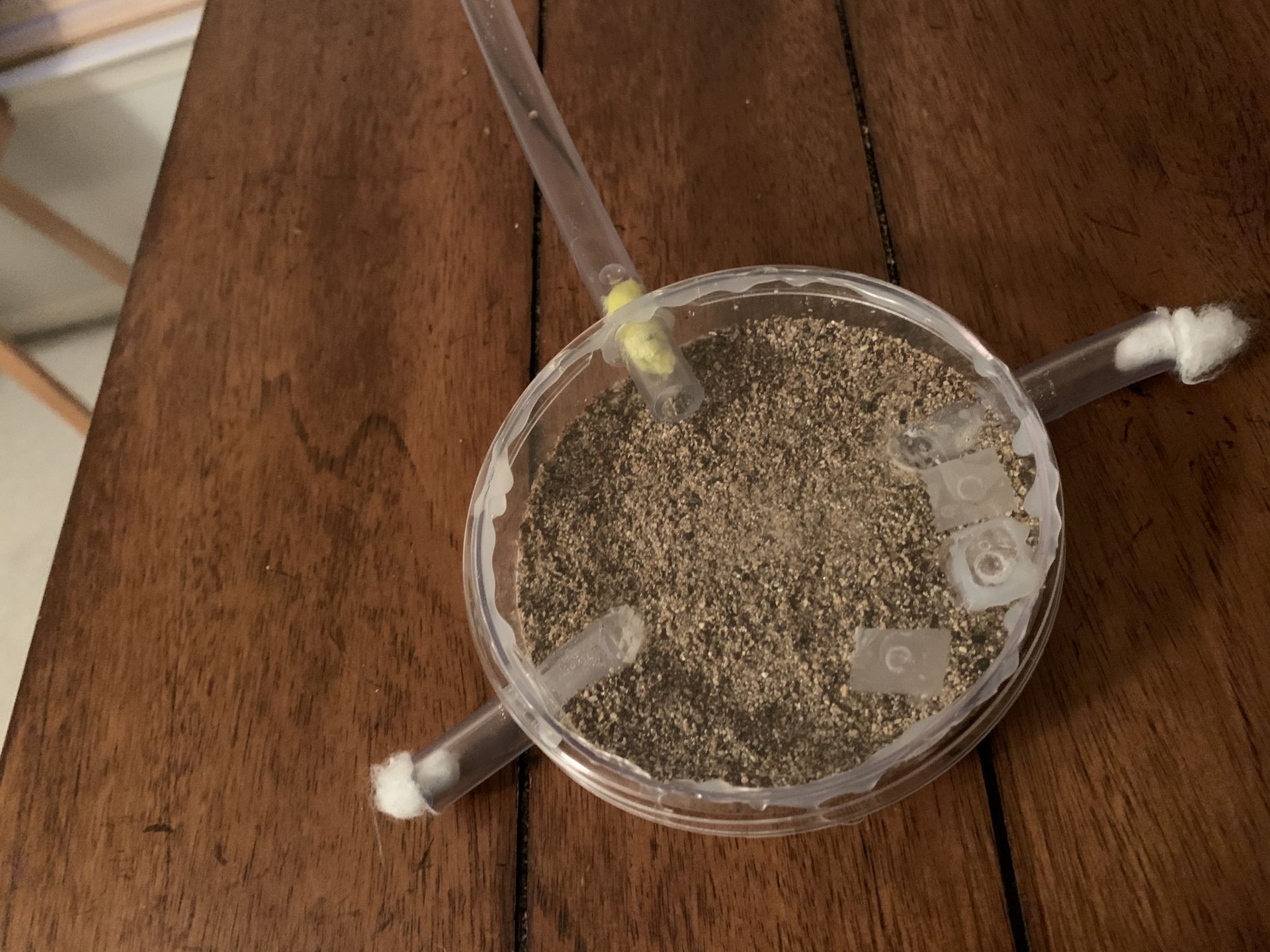Alright – so this is my first time making a journal – so it will be interesting to see how this turns out.
I decided to start experimenting with making petri dish formicarium, specifically because my Tapinoma sessile colony is getting larger than I thought they would and are taking up a lot of test tubes in a plastic bin in my basement. I… well… want my test tubes back...
So I first took some deep petri dishes and drilled three holes in them. My plan for hydration is to have a piece of vinyl tubing going on top of the hydrostone with a sponge attached so I can syring water inside and not have to take the entire vinyl tubing out when refilling it – because that's just irritating for me. The hole that's on the top-ish side is the hydration port
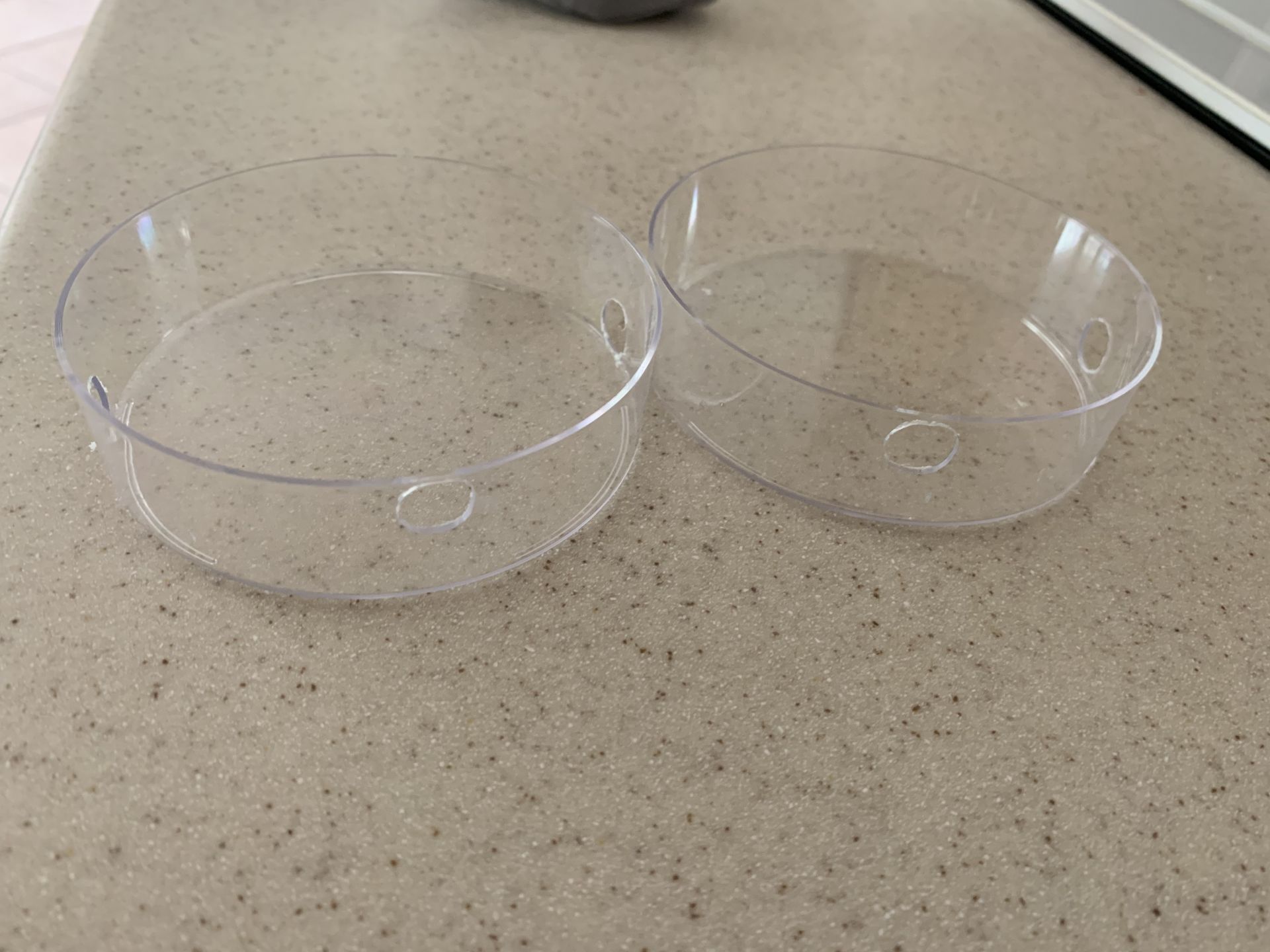
Next – I attached vinyl tubing to the left and right side where the ants will go in.
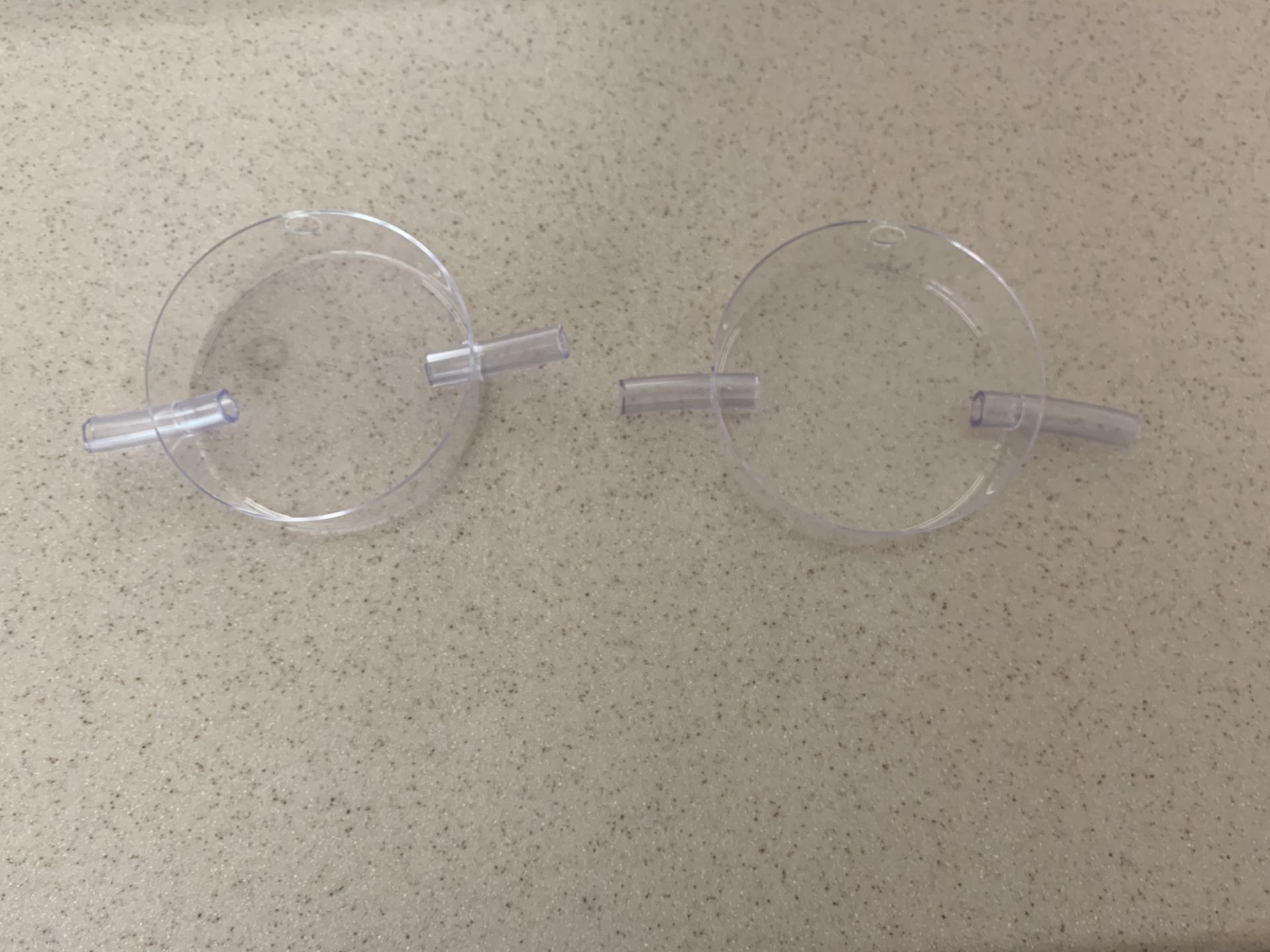
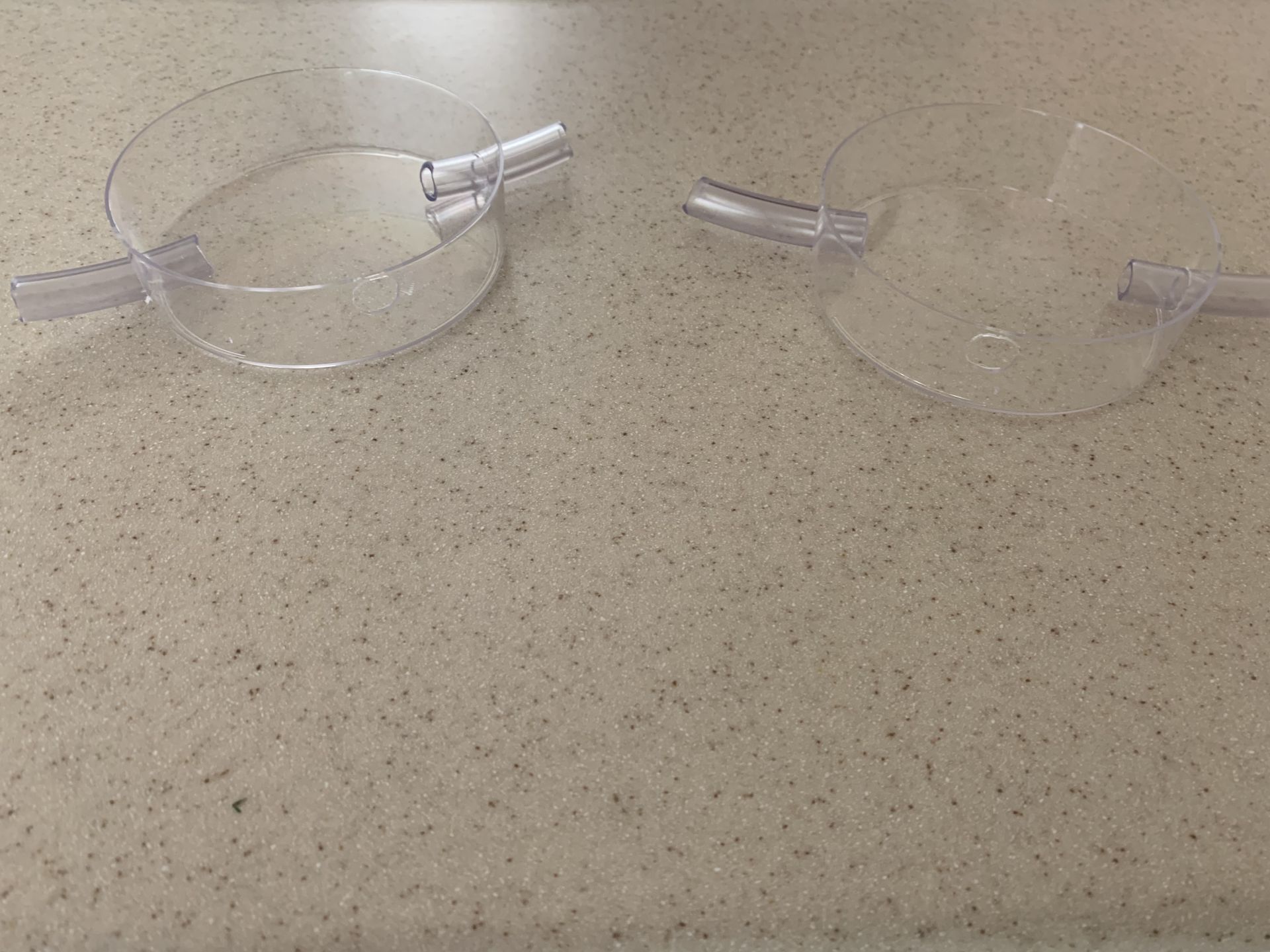
And proceeded to plug the holes up so when I pour hydrostone… so it doesn't make a mess ![]()
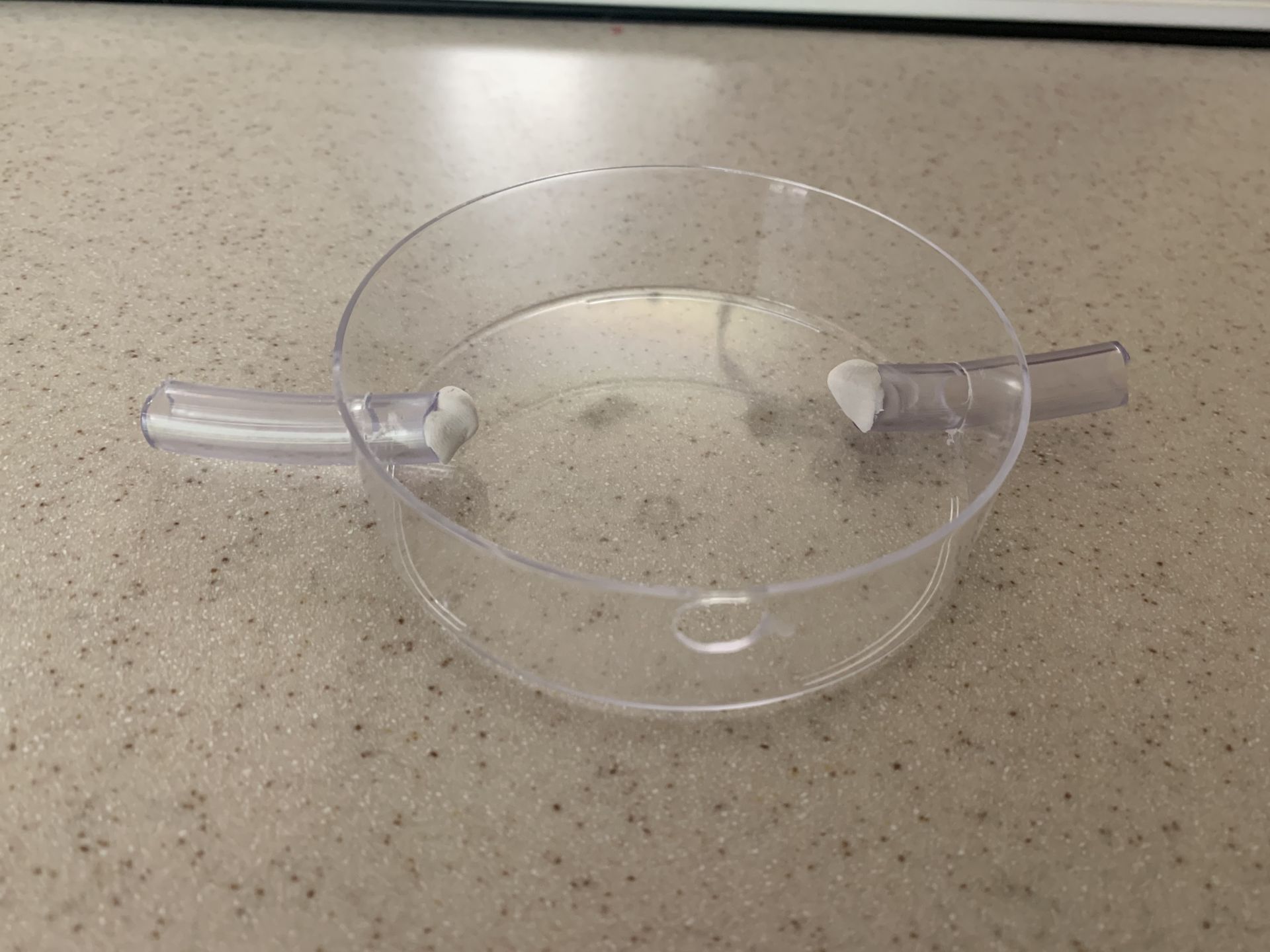
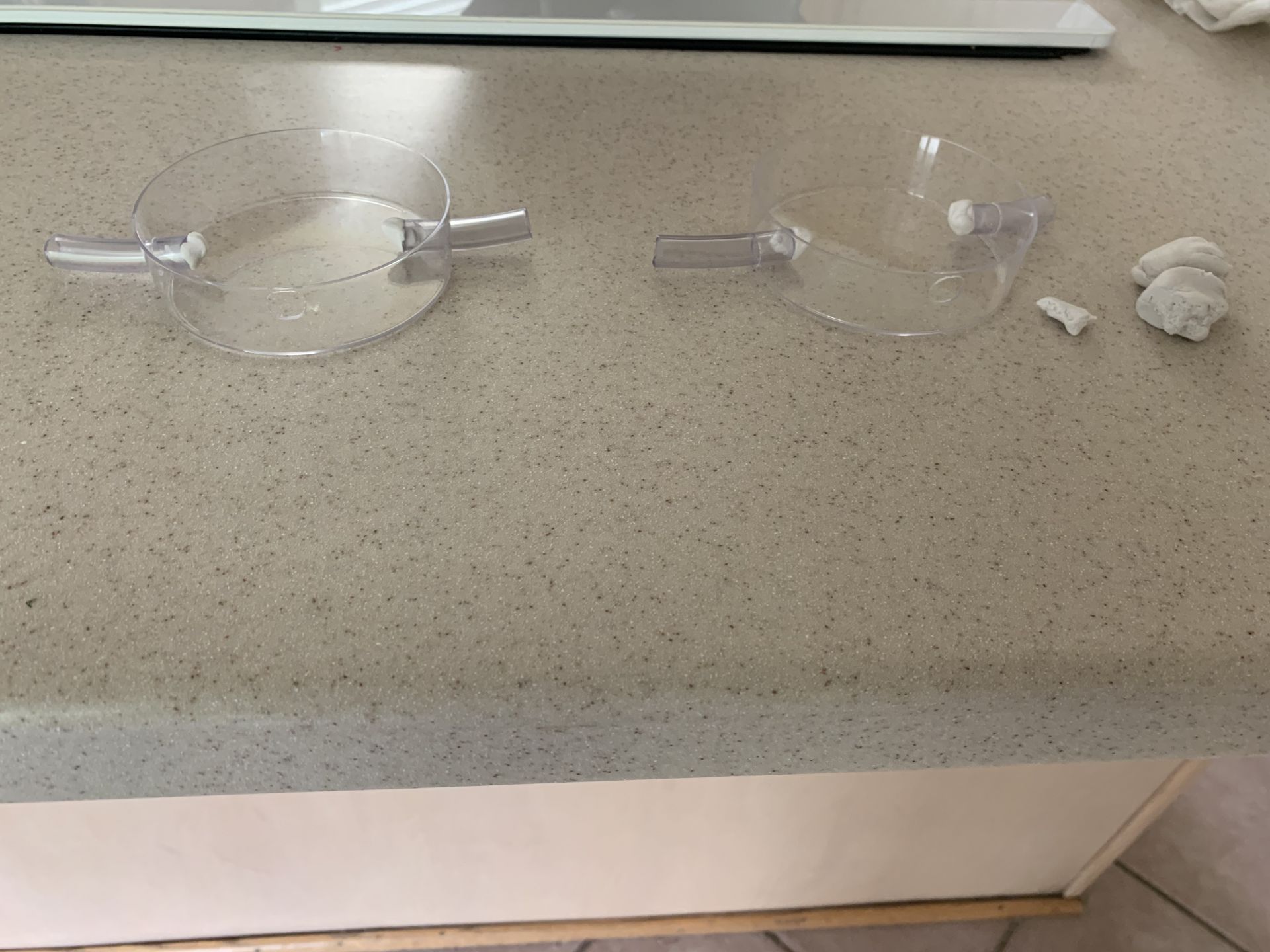
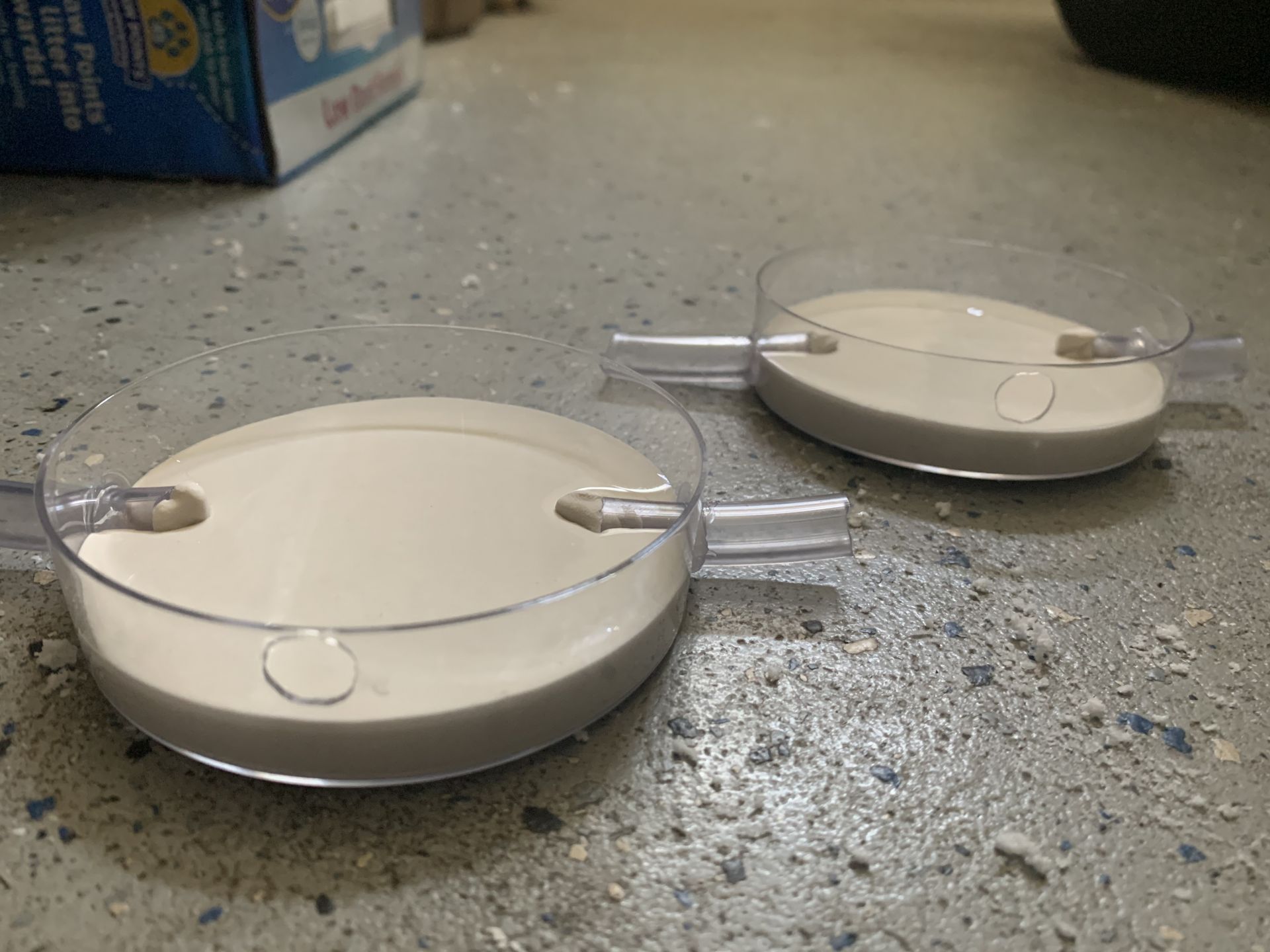
Then poured vermiculite on the hydrostone to give it a nice texture. Now why? Well… apparently it's rather absorbent and I put a bit in my tarantula substrate for this purpose – but more importantly: I like how it looks...
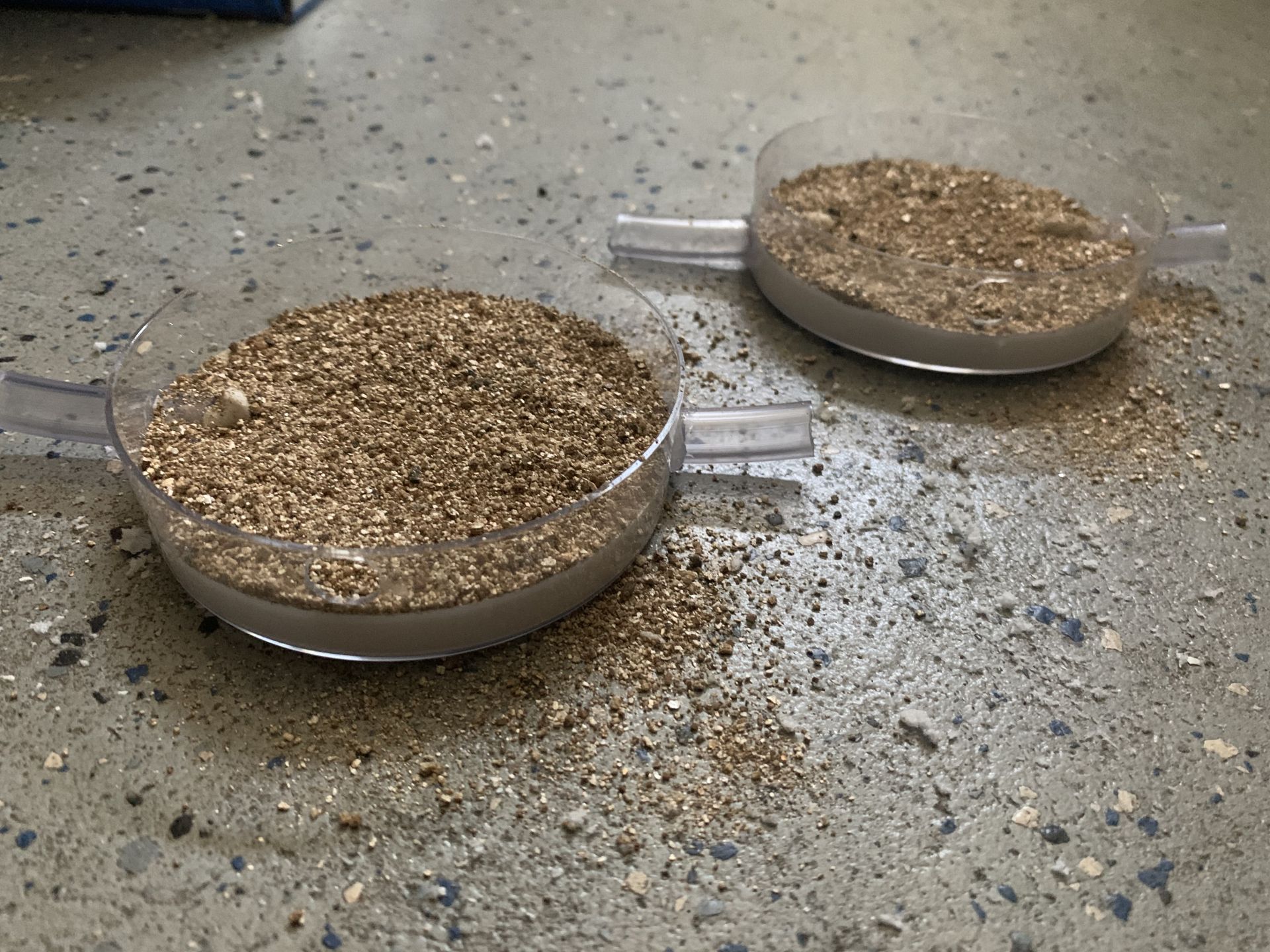
After the hydrostone cured I made the "hydration port".
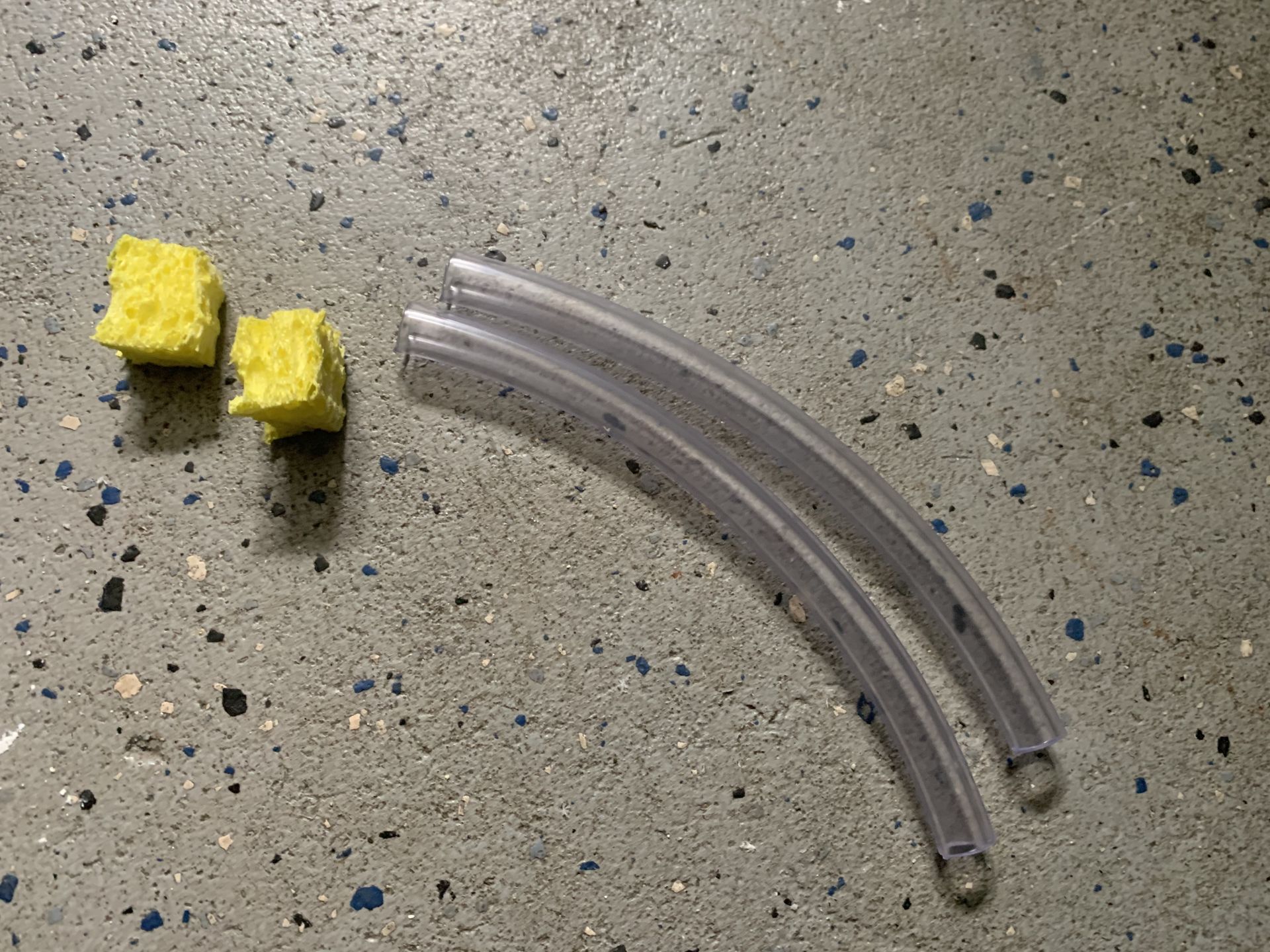
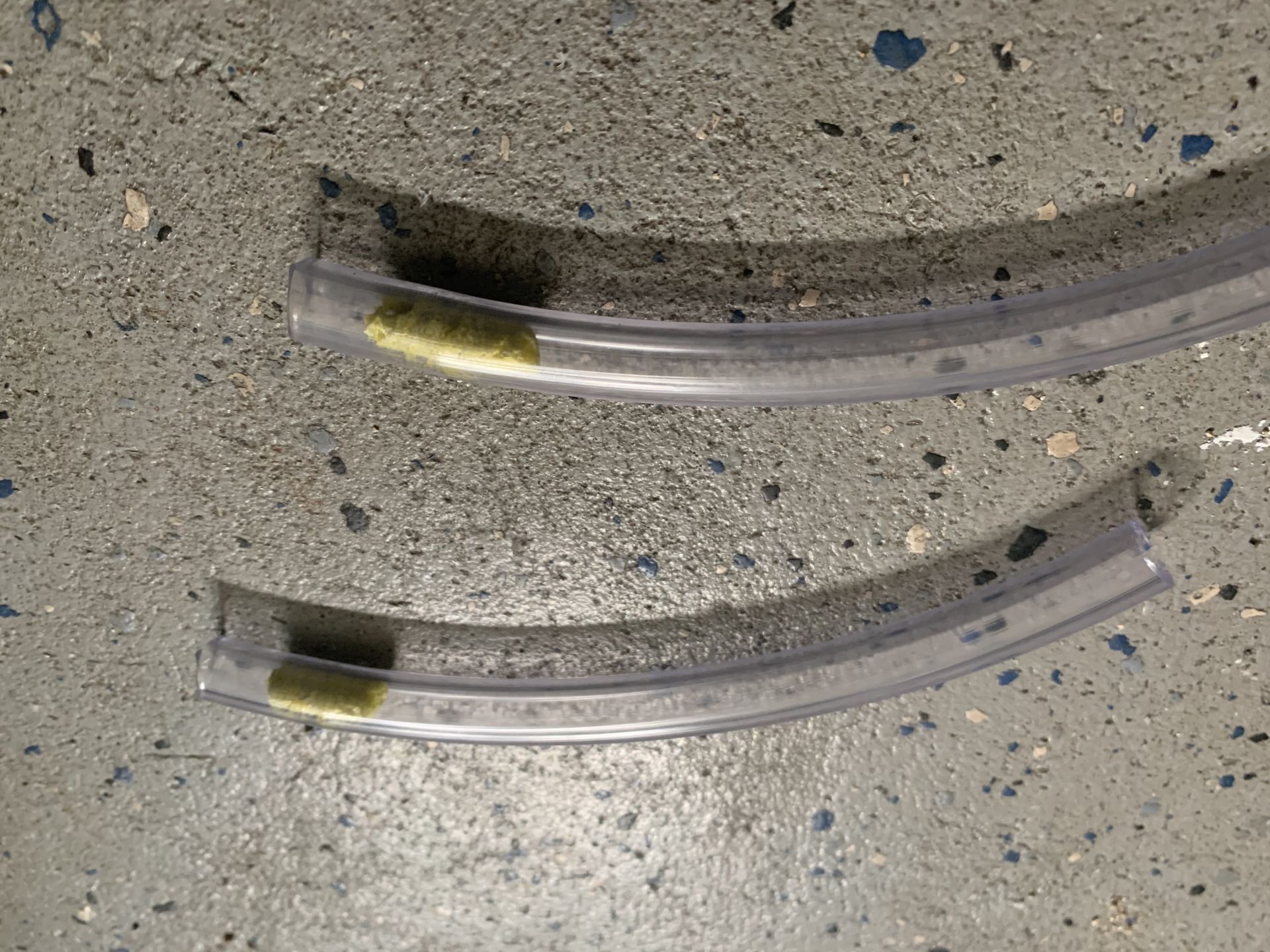
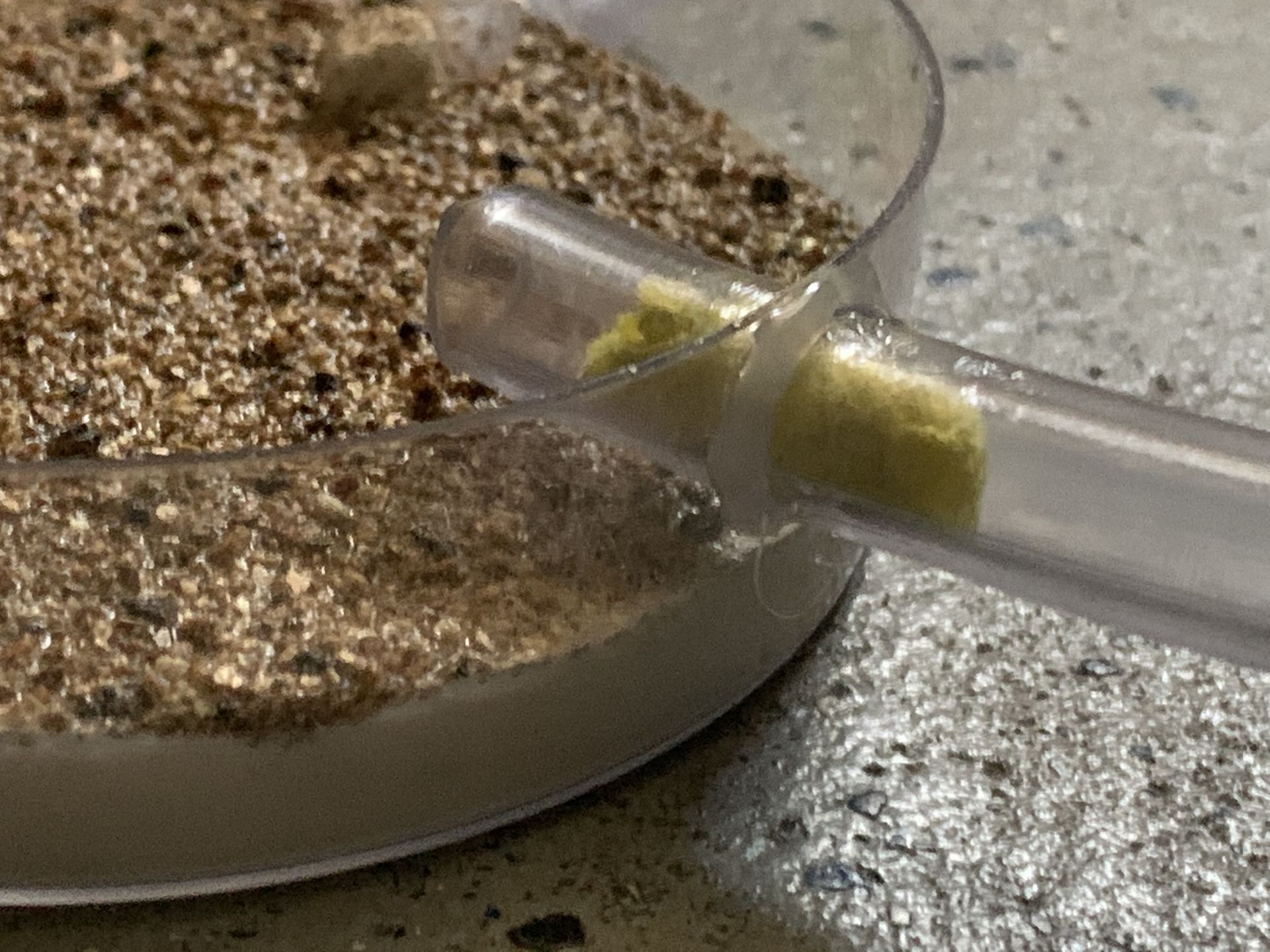
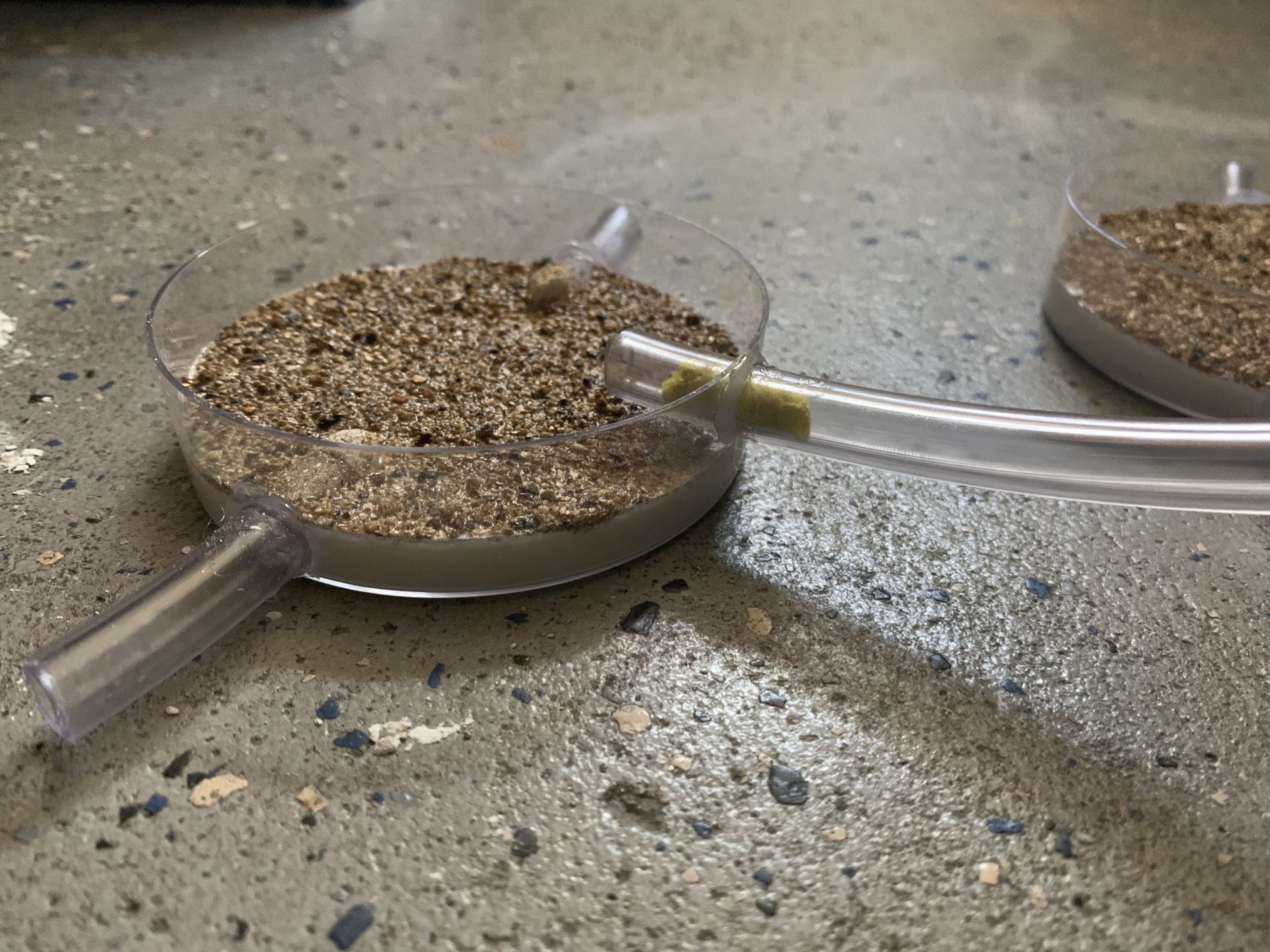
Afterwards – I took the lids and drilled three holes on the top. The first hole is for ventilation where I put a piece of mesh on top. The other two on the side are going to be covered with tape and when I want to water that area, I can just remove the tape. This is mostly because I am not sure how much moisture the "hydration port" is going to provide the nest.
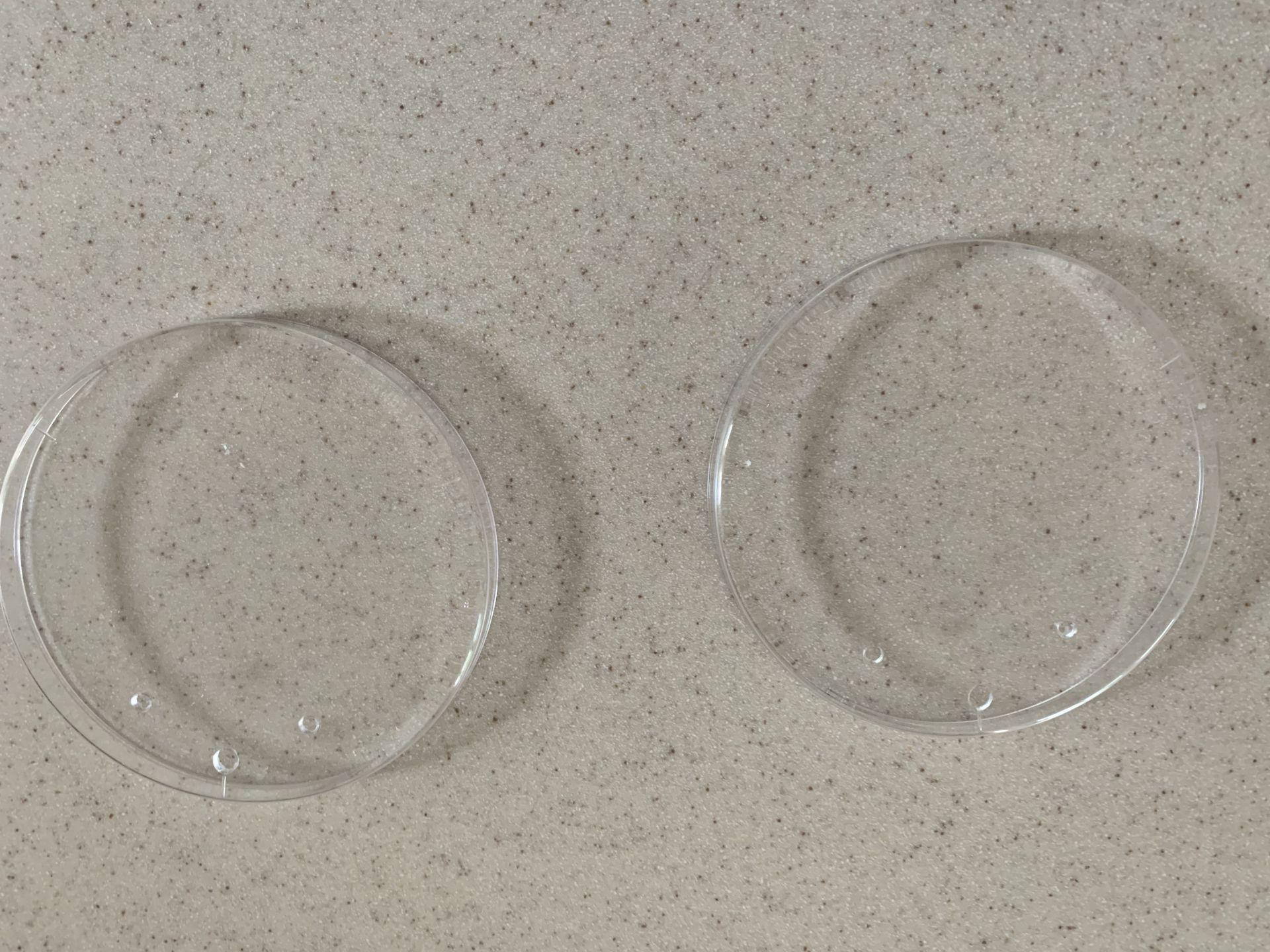
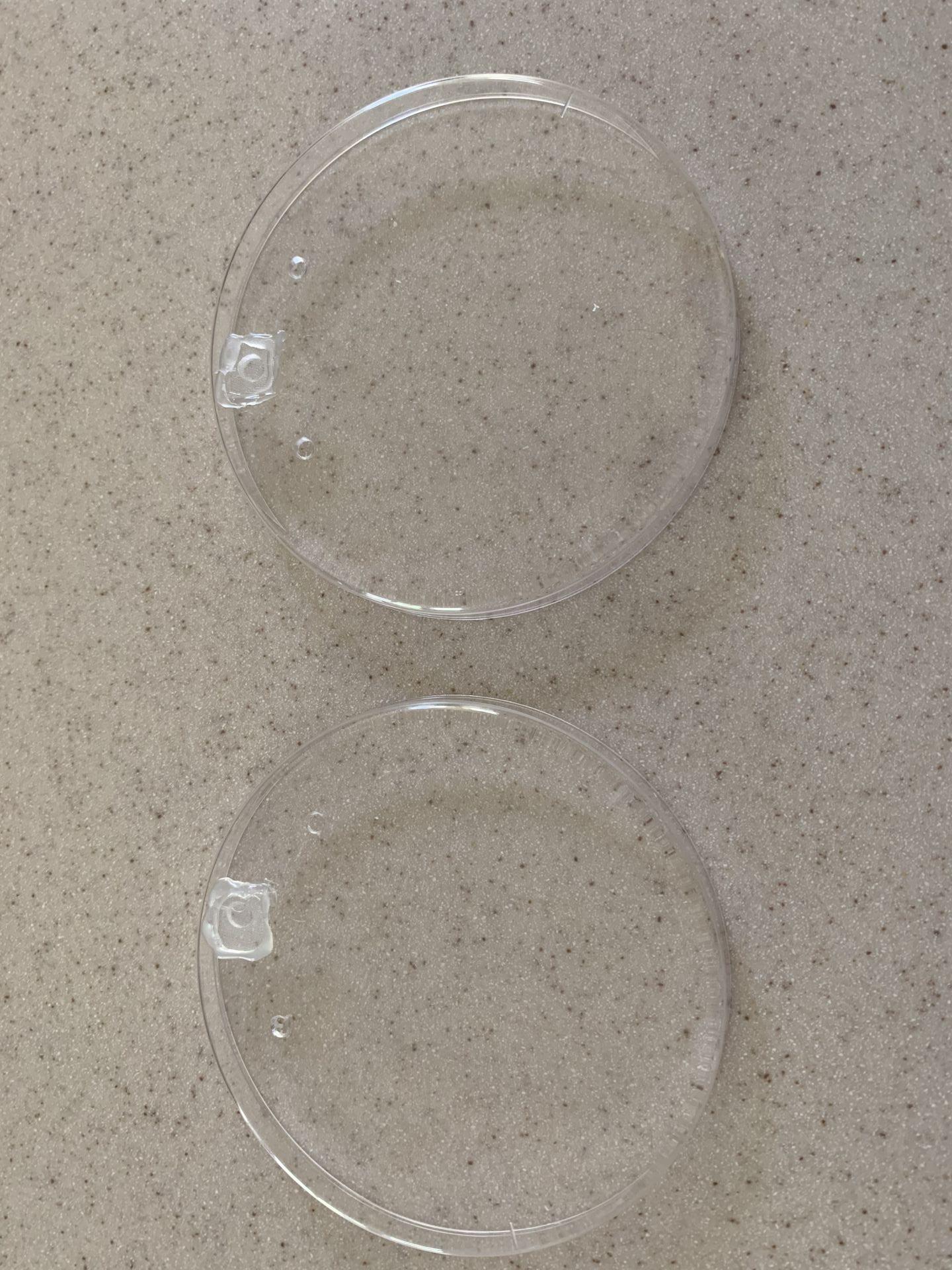
FINALLY – I attached the lids onto the petri dish using hot glue. I know that hot glue isn't the most "ant proof" thing in the world, and epoxy or silicone is better (I am assuming stronger).
But –
1) I am all our of silicone and don't have epoxy
2) I plan on keeping Tapinoma sessile in these, and from my experience, they aren't the most bitey ants, and if it turns out they are… lesson learned.
3) I really can't be bothered to go to amazon and by silicone or epoxy and wait a week (or even 2 day shipping)
But all in all – I think it turned out rather well and am looking forward to testing it out on this Odorous House Ant colony – I will document how that turns out on this journal. If this is successful – I will try moving some of my other colonies into these kinds of set ups. Here's the finished product:
